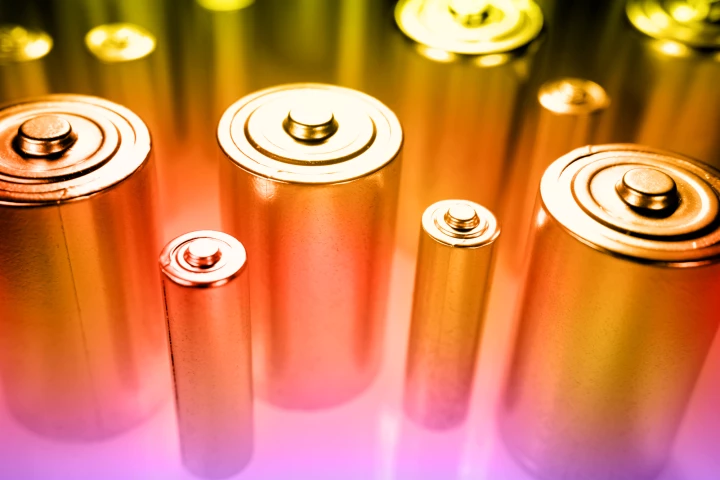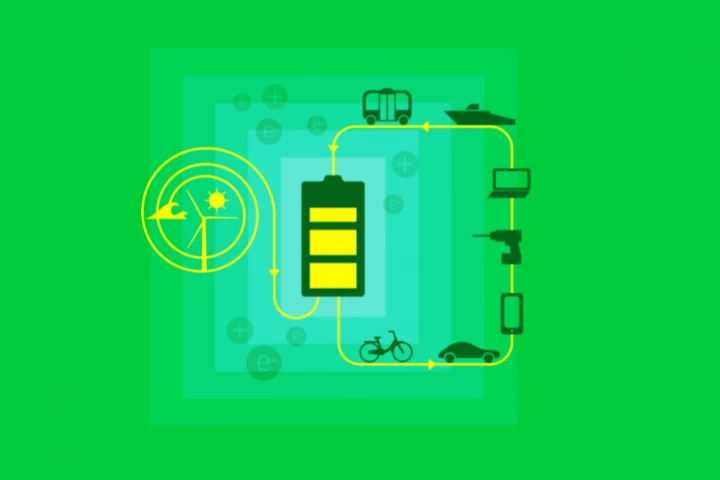Rechargeable Batteries
-
That plate of smashed crab legs about to be cleared from the dining table and tossed in the trash might actually be the future of rechargeable batteries. A new discovery for its use in sodium-ion technology has researchers certainly believing so.
-
A new battery from MIT uses common materials – aluminum, sulfur and salt. Not only is the battery low-cost, but it’s resistant to fire and failures, and can be charged very fast, making it useful for powering a home or charging electric vehicles.
-
By swapping out conventional materials for experimental ones scientists continue to make exciting advances in the performance of lithium batteries, and a team in Japan has just published research around a particularly promising one.
-
Zinc-air batteries are great little energy storage devices, but they’re not usually rechargeable. Now a team led by the University of Münster has developed a new zinc-air chemistry that makes this type of battery more efficient and rechargeable.
-
Despite advances in new battery designs, good old lithium-ion batteries are still the frontrunner. There’s plenty of room for improvement though, and now researchers have identified a new cathode coating that could make them safer and longer lasting.
-
California's Enevate says it's managed not only to achieve an incredibly fast-charging solution for lithium-ion EV batteries, but one that handily boosts energy density as well. Using silicon anodes, it could give you 250 miles of range in 5 minutes.
-
At 50 percent smaller by volume than a typical lithium-ion battery, Samsung's prototype solid-state pouch cells could enable 500-mile electric car ranges and cycle lives over 1,000 charges in a much safer package.
-
The 2019 Nobel Prize in Chemistry has been awarded to three scientists for the invention and development of the lithium-ion battery.
-
A new study shows how fluoride might be put to work in better batteries. Researchers at Caltech, JPL, Lawrence Berkeley National Lab and the Honda Research Institute have developed fluoride-based batteries that could potentially last much longer than existing lithium-ion-based devices.
-
After a few weeks with the SwitchCharge, a beefy battery pack for the Nintendo Switch, we’re happy to report that it actively solves some of Nintendo’s niggles, earning its place in our bag basically every time we leave the house with the Switch.
-
Zinc-air batteries are enticing thanks to their high energy density and cheap materials. Unfortunately, that's countered by how difficult it is to recharge them. Now researchers have created new catalysts out of abundant elements that could see rechargeable zinc-air batteries vying with li-ions.
-
Researchers are exploring the difficult task of reclaiming lithium from old discarded batteries. A new study has put three strains of fungi to work to extract these valuable materials from electronic waste, which could lead to a safer and greener battery recycling system.
Load More











